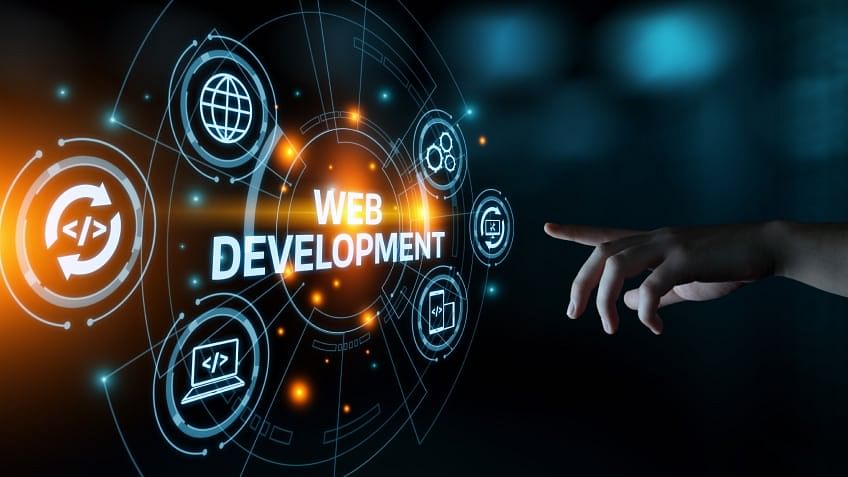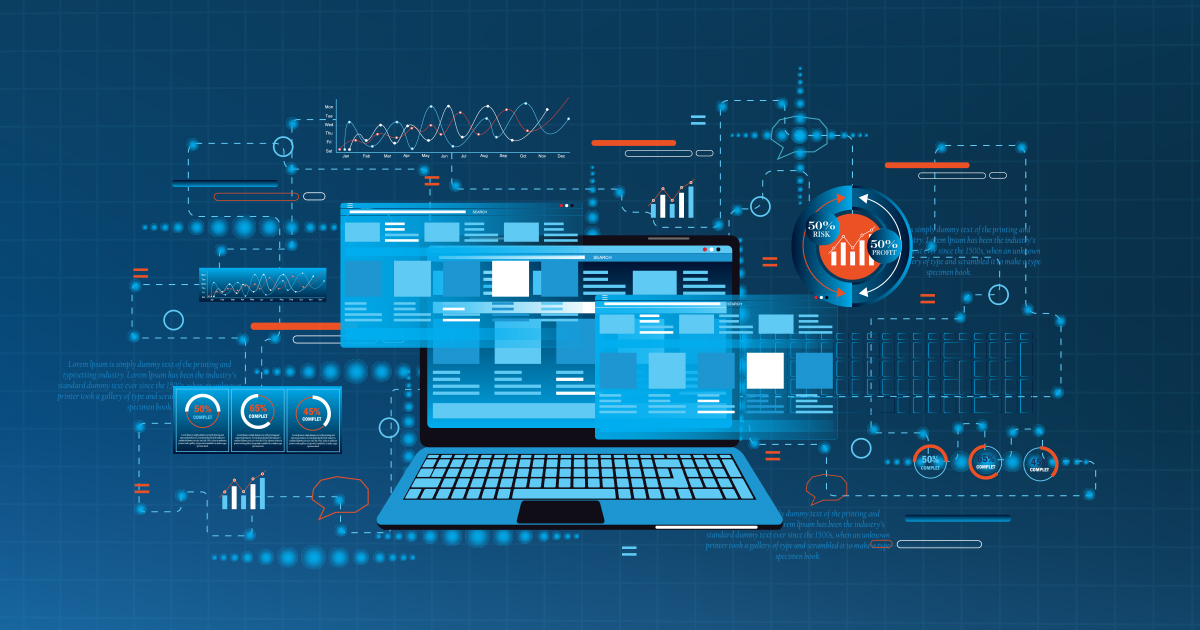Creative Aligned Position Web Design: Cutting-Edge Solutions for Your Website’s Success
Creative Aligned Position Web Design: Cutting-Edge Solutions for Your Website’s Success
Blog Article
The Very Best Sorts Of Web Style to Improve User Experience and Engagement
In the ever-evolving landscape of electronic interaction, the performance of Web style dramatically impacts customer experience and interaction. Numerous style methods, such as minimal, receptive, and interactive formats, each deal special benefits that can cater to diverse individual demands.
Minimalist Web Layout
As digital landscapes come to be significantly messy, minimal website design has become a powerful technique to improving customer experience. This design philosophy focuses on simpleness, concentrating on crucial elements while eliminating unneeded distractions. By using adequate white room, uncomplicated navigating, and a limited color combination, minimal design fosters clarity and routes individual focus to essential material.
The core principle of minimalist Web layout is to develop a smooth communication for users. By lowering cognitive lots, users can quickly comprehend details without really feeling overwhelmed. This direct method not only boosts usability however likewise motivates involvement, as site visitors are most likely to check out a website that is visually appealing and easy to navigate.
Additionally, minimalist style frequently highlights typography and imagery, making use of these elements purposefully to convey messages efficiently. In significance, minimal Web style is not simply a trend; it is a thoughtful methodology that identifies the value of user-centered layout.
Responsive Web Style
In today's varied digital setting, responsive website design has come to be vital for producing a seamless individual experience across a multitude of devices. As individuals access internet sites on smartphones, desktops, laptop computers, and tablets, the capacity of an internet site to adjust its design and web content to various screen dimensions and resolutions is crucial.
Receptive website design uses versatile grids, pictures, and CSS media questions to make sure that Web content is presented ideally, despite the device made use of. This approach not only improves the visual appeal of a website but additionally considerably improves use. Users are most likely to engage with a site that uses a regular experience, as it removes the disappointment of having to zoom in or scroll exceedingly.
By taking on receptive style, companies can boost their exposure and get to a wider audience. In recap, receptive Web layout is an essential technique that improves individual experience, interaction, and total contentment.
Interactive Web Design
Receptive Web style prepares for boosting customer experience, yet interactive Web style takes this a step further by involving users in an extra dynamic method - Aligned Position Web Design. By incorporating components such as animations, clickable models, and real-time feedback, interactive Web layout captivates users, drawing them right into a richer surfing experience
This approach not just cultivates interaction yet likewise urges customers to check out material actively instead of passively consuming it. Methods such as gamification, where users make incentives for completing tasks, can significantly enhance the time invested in a website and improve general complete satisfaction. Furthermore, interactive attributes can simplify complex details, making it much more absorbable and pleasurable.

Integrating interactive design elements can also result in higher conversion prices, as users Discover More Here are more probable to involve with a site that proactively entails them. Aligned Position Web Design. Ultimately, interactive website design transforms user experiences into remarkable journeys, guaranteeing that site visitors return time after time
Apartment Style
Defined by its minimalistic technique, flat design stresses simpleness and performance, removing unneeded aspects and focusing on vital functions. This style philosophy focuses on usability, making certain that individuals can navigate interfaces effortlessly and performance. By utilizing a tidy aesthetic, level layout gets rid of the clutter usually found in much more luxuriant designs, consequently enhancing individual concentrate on content and functionality.
The trademark of flat layout exists in its usage of strong shades, easy typography, and geometric shapes. These aspects contribute to an aesthetically enticing interface that is both friendly and modern. Additionally, level layout fosters a sense of clearness, enabling users to recognize necessary activities and info without distraction.
Moreover, level style is specifically reliable in responsive Web layout, as its simplicity translates well throughout numerous tools and screen dimensions. The absence of complex structures and gradients reduces packing times, which is vital for keeping customer engagement. As digital landscapes continue to develop, flat design stays a relevant selection for creating user-friendly sites that improve total experience. By focusing on crucial features, level style not only meets user demands yet likewise urges seamless interaction, making it a crucial component of effective Web layout strategies.
Adaptive Web Layout
Flexible website design tailors the individual experience by developing multiple taken care of designs customized to different display sizes and gadgets. Unlike receptive style, which fluidly changes a solitary layout, flexible layout uses unique designs for certain breakpoints, ensuring ideal presentation on numerous platforms. This method permits designers to concentrate on the unique features of each device, boosting use by delivering precisely what address individuals require based on their context.
One of the main advantages of flexible website design is its ability to maximize lots times and performance. By serving tailored content and pictures that fit the user's gadget, websites can reduce data usage and boost loading speeds. This is particularly useful for individuals with slower connections or restricted data strategies.

Additionally, click for source flexible style helps with an extra controlled and constant branding experience. Considering that developers develop numerous layouts, they can make certain that the visual aspects align with the brand name's identification throughout different platforms - Aligned Position Web Design. This causes a cohesive customer experience, boosting engagement and promoting customer retention
Conclusion
In verdict, the integration of minimalist, receptive, and interactive Web layout principles dramatically boosts individual experience and engagement. Minimalist layout cultivates clarity and emphasis, while responsive layout ensures adaptability across various devices, promoting ease of access. Interactive style mesmerizes customers with dynamic elements, encouraging expedition and personalization. Jointly, these layout approaches contribute to the creation of user-friendly settings that not only boost complete satisfaction yet likewise drive higher conversion rates, emphasizing their crucial importance in modern Web style methods.

Minimal layout promotes clearness and focus, while responsive layout guarantees adaptability throughout different devices, advertising access. Jointly, these design approaches add to the production of straightforward environments that not only boost contentment but likewise drive greater conversion prices, emphasizing their important value in contemporary Web design strategies.
Report this page